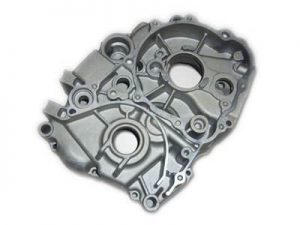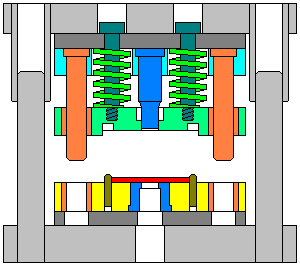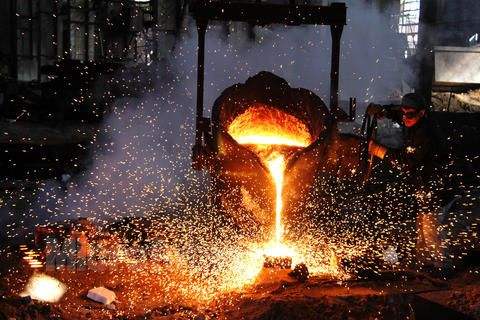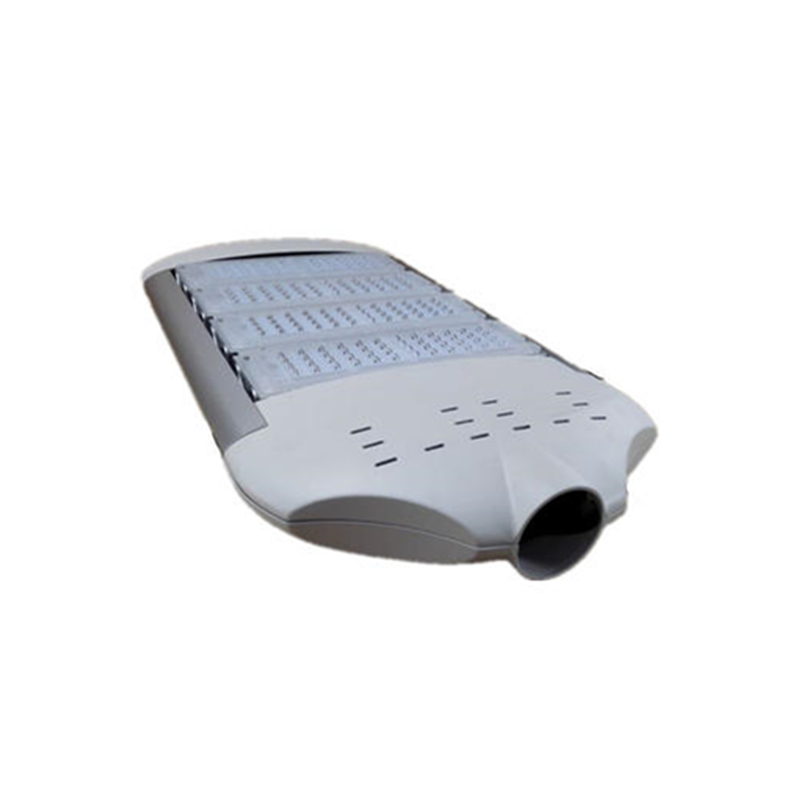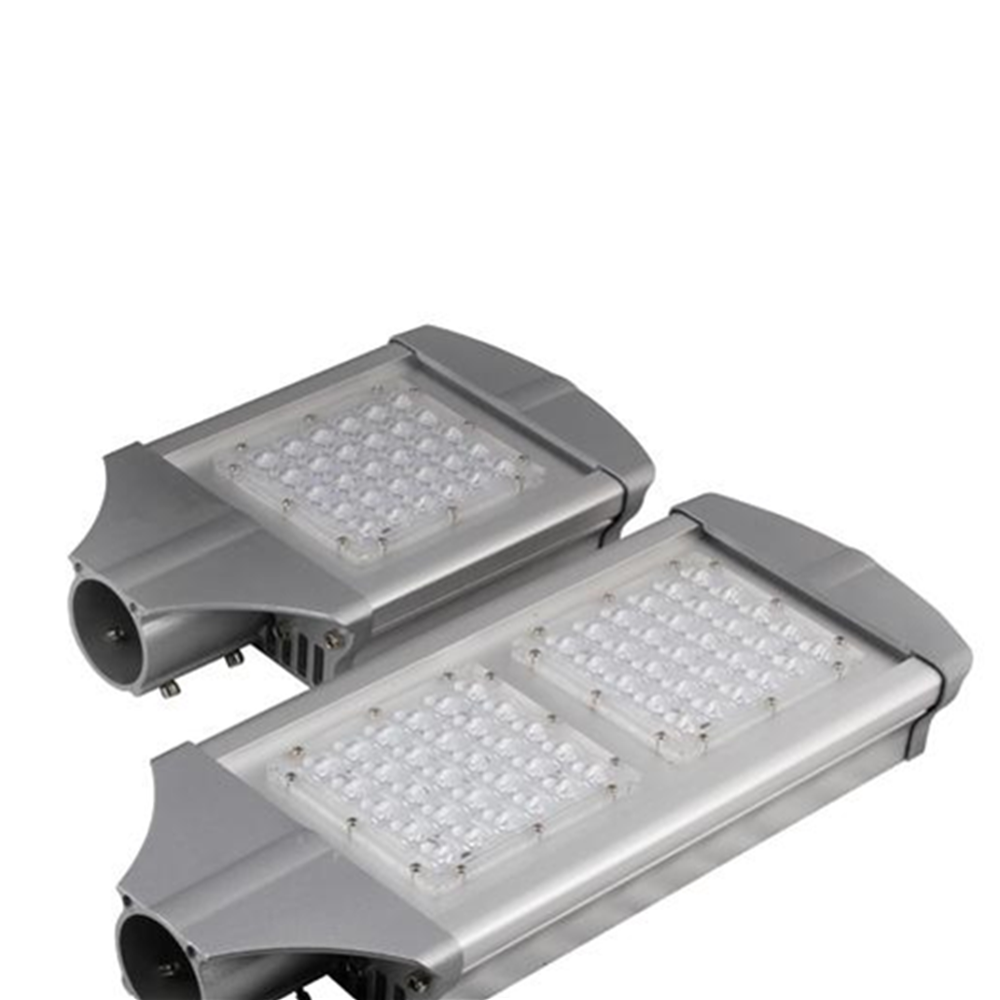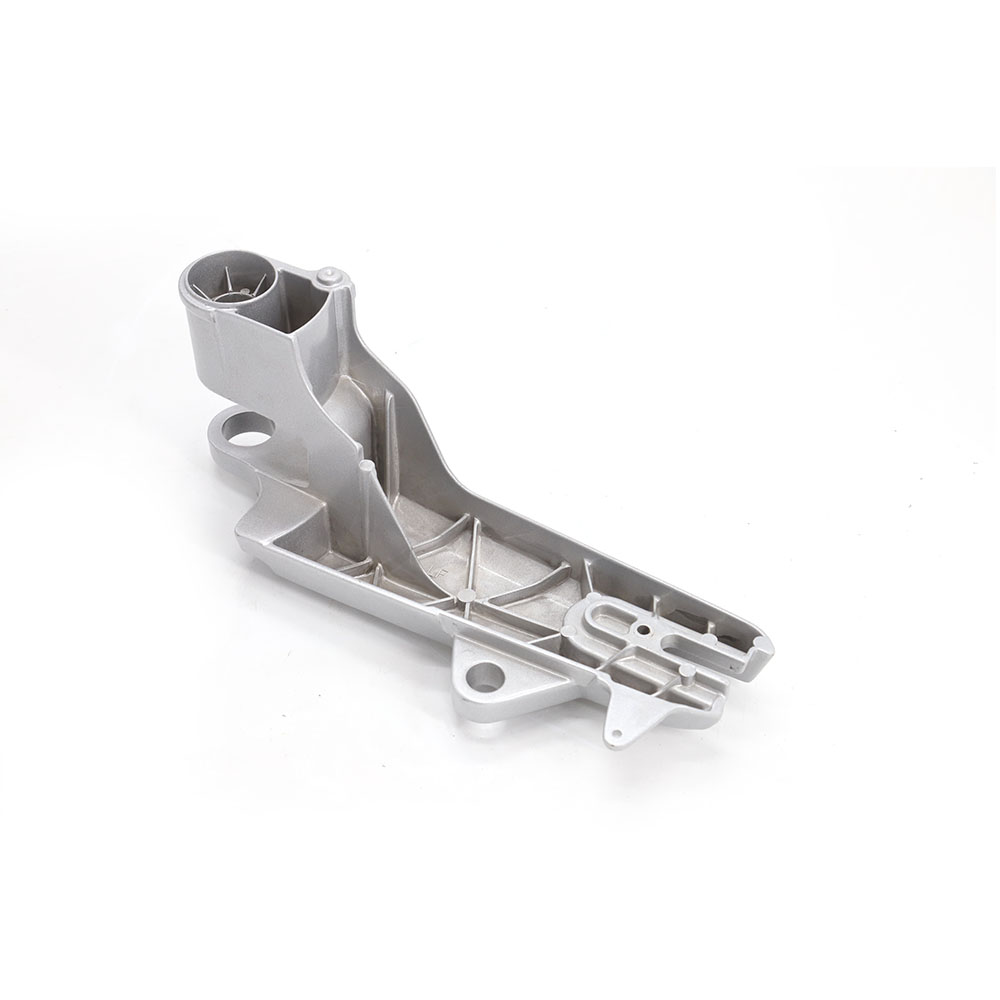Silk-screen printing is one of the most popular printing techniques, and is the most-used by companies when printing images and designs onto products of different sizes and materials including T-shirts, paper, wood, ceramics, die casting parts and more. Screen printing refers to the use of silk screen as a plate base, and through the photosensitive plate making method, made into a screen printing plate with graphics and text. Screen printing consists of five elements: screen printing plate, scraper, ink, printing table and substrate. The basic principle of screen printing plate is that the mesh of picture and text can pass through the ink, and the mesh of non graphic part can not pass through the ink. During printing, the ink is poured into one end of the screen printing plate, and a scraper is used to exert a certain pressure on the ink position on the screen printing plate, and at the same time, the ink moves uniformly towards the other end of the screen printing plate. During the movement, the ink is squeezed onto the substrate from the mesh of the picture and text part by the scraper.




